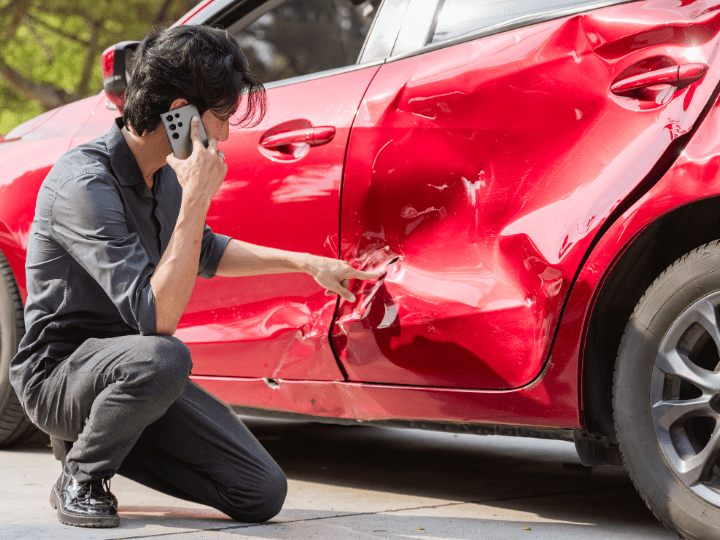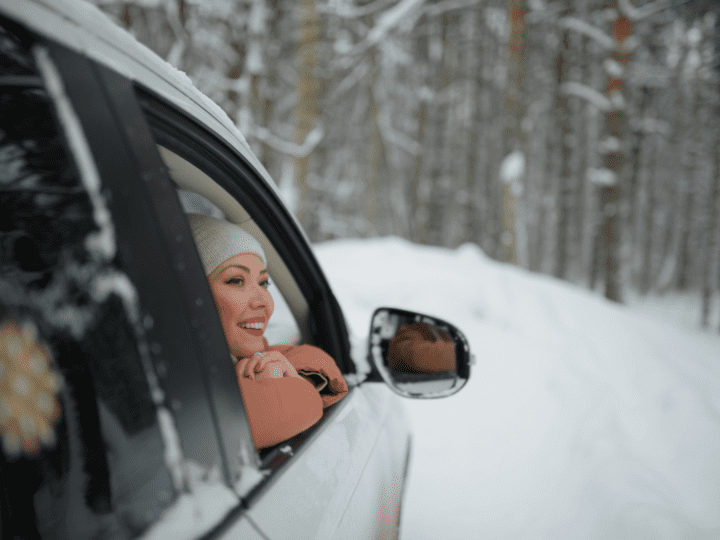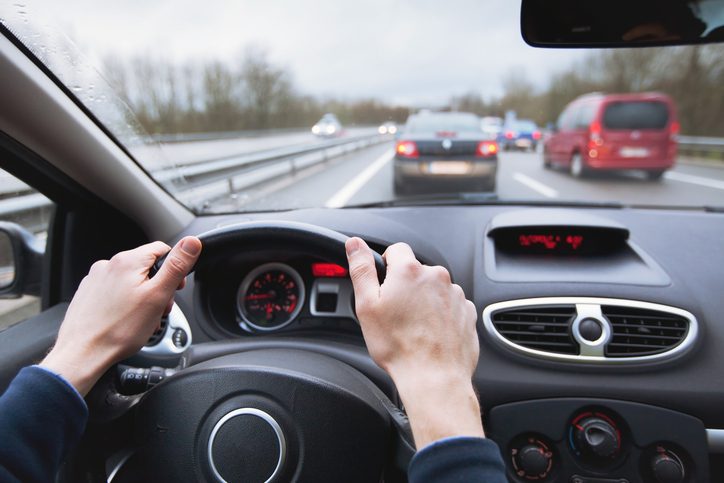Driving through Ontario’s scenic roads can be a breathtaking experience, but it also comes with the risk of encountering wildlife. Whether it’s a deer crossing the highway at dusk or a smaller animal darting across a rural road, wildlife collisions are a serious concern for drivers. At Duliban Insurance, we want to help you stay safe on the road by providing tips on how to prevent wildlife collisions and how to protect yourself if an encounter with an animal is unavoidable.
Understanding the Risks
Wildlife collisions are more frequent than many realize, particularly in areas where dense forests and open fields meet busy roads. In Ontario, animals like deer and moose are commonly involved in such accidents. These collisions can cause significant vehicle damage and, more importantly, pose serious injury risks. Being aware of how to minimize the chances of a collision can make all the difference in ensuring you and your passengers’ safety.
Staying Alert on the Road
Staying alert while driving, especially during dawn and dusk when animals are most active, is crucial. These are the times when your vigilance should be heightened, as wildlife tends to move more freely during these periods. It’s important to scan the sides of the road where animals are most likely to appear suddenly.
Using your high beams at night can also help, as the light can illuminate the eyes of animals, giving you more time to react. However, remember to dim your lights when approaching other vehicles to avoid blinding fellow drivers.
Navigating Wildlife Crossing Areas
When driving through areas marked with wildlife crossing signs, extra caution is advised. These signs are placed in spots known for frequent animal activity, so slowing down and being particularly mindful in these zones is wise. Reducing your speed generally allows more time to react and can lessen the impact if a collision does occur. In rural or wooded areas, where wildlife is more prevalent, maintaining a moderate speed is particularly important.
If you spot an animal on or near the road, resist the urge to swerve, as this can lead to loss of control or collisions with other vehicles. Instead, brake firmly while staying in your lane. Honking your horn might also help by startling the animal and encouraging it to move away. If possible, traveling in groups can provide an additional safety net, as animals are more likely to notice and avoid multiple vehicles.
What to Do If a Collision Is Unavoidable
Despite all precautions, sometimes a collision is unavoidable. In such cases, it’s essential to stay calm and keep control of your vehicle by braking firmly without swerving. After the incident, pull over safely, turn on your hazard lights, and assess the situation. Checking yourself and your passengers for injuries is the first priority, followed by evaluating the damage to your vehicle.
It’s important to report the incident to local authorities, especially if the animal involved is large, injured, or could pose a hazard to other drivers. Notifying the authorities is also a necessary step for insurance claims. Documenting the scene by taking photos of the damage and the collision location can be very helpful when filing a claim.
Protecting Yourself with Comprehensive Coverage
Having comprehensive auto insurance is another key aspect of protecting yourself from the financial burden that can come with wildlife collisions. This type of coverage typically includes damage caused by collisions with animals, ensuring you’re not left out of pocket for repairs. It’s always a good idea to review your insurance policy to make sure you have adequate coverage before hitting the road.
_
While wildlife collisions are a serious risk for drivers, you can significantly reduce the chances of an encounter by staying alert and following these safety tips. Preparation and protection are your best defenses. At Duliban Insurance, we’re committed to helping you stay safe on the road and ensuring you have the right coverage if the unexpected happens.
Think it’s time for a policy review? Refamiliarize yourself with your insurance coverage and speak with a pro, today.








